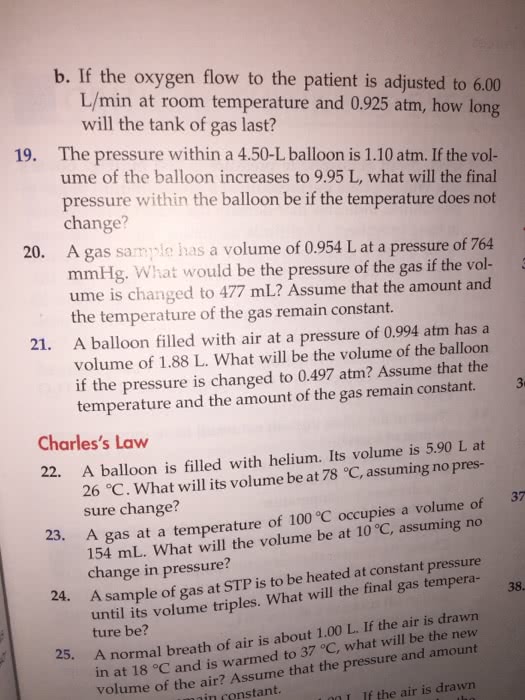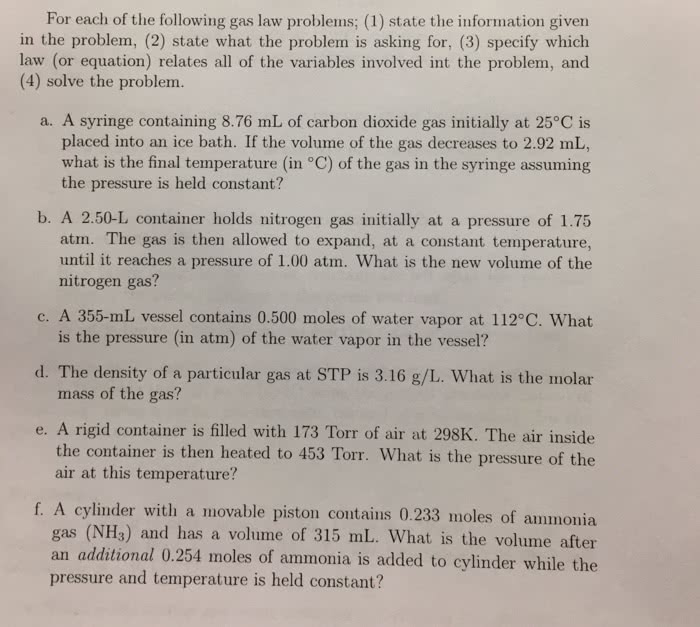Breathing is an application of Boyleâs law (Figure 10.8). As the diaphragm muscle beneath our lungs contracts, the pressure inside our lungs decreases causing air to rush into our mouth and nasal passages to fill the lungs. When the diaphragm muscle relaxes, it increases the air pressure causing air to be expelled from the lungs. A typical lung volume is 3.50 L. Air pressure inside the lungs changes by approximately 0.040 atm. A sample of air has a volume of 3.50 L at 1.00 atm. What is the volume of this air sample if the pressure is changed to 0.960 atm at constant temperature? This question gives an initial gas pressure and volume then asks for the new gas volume at a different pressure at constant temperature and gas amount. These are indicators to use Boyleâs law.
What is the volume (in liters) of this air sample if the pressure is changed to 0.960 atm at constant temperature?
Breathing is an application of Boyleâs law (Figure 10.8). As the diaphragm muscle beneath our lungs contracts, the pressure inside our lungs decreases causing air to rush into our mouth and nasal passages to fill the lungs. When the diaphragm muscle relaxes, it increases the air pressure causing air to be expelled from the lungs. A typical lung volume is 3.50 L. Air pressure inside the lungs changes by approximately 0.040 atm. A sample of air has a volume of 3.50 L at 1.00 atm. What is the volume of this air sample if the pressure is changed to 0.960 atm at constant temperature? This question gives an initial gas pressure and volume then asks for the new gas volume at a different pressure at constant temperature and gas amount. These are indicators to use Boyleâs law.
What is the volume (in liters) of this air sample if the pressure is changed to 0.960 atm at constant temperature?



